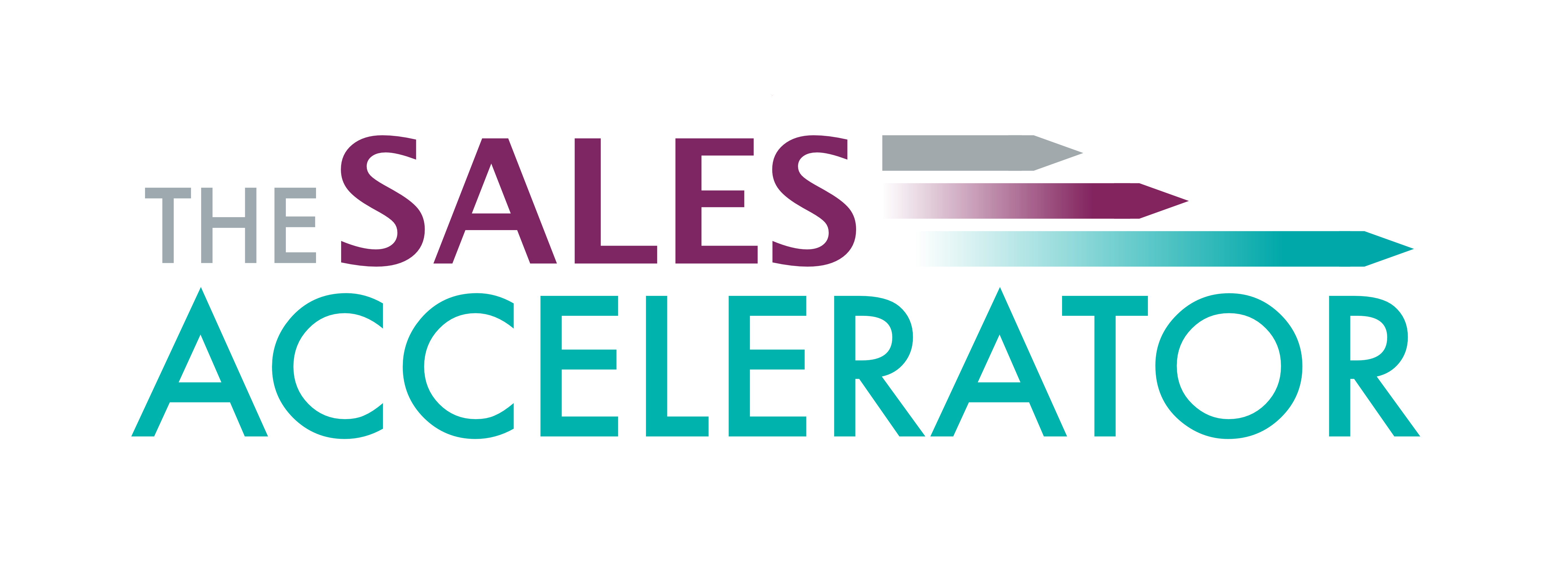Today’s rant
As a salesperson committed to helping others sell more, there are few things that pain me more in my professional life, than seeing salespeople drag the profession down. You know the sort of problem: lack of sales skills, lack of product knowledge, telling lies in order to win the deal. All these things bring the sales profession into disrepute.
And something I’ve recently added to this category, is salespeople who mis-use LinkedIn as a sales tool. In the past week (at the time of writing, but the week’s not over yet), I’ve had 5 people tell me I’ve got an interesting profile, and that they’d like to connect, who have then tried to sell me something within 3 minutes of my accepting their invitation.
It’s not that LinkedIn shouldn’t be used as a sales tool, because absolutely we CAN sell on LinkedIn. It’s that this isn’t the way to do it. If you want to get a quick message to your target customers without building a relationship first, you have two options built into LinkedIn: InMails or paid ads. Both of these cost money, but they’re a great shortcut to getting your message out there. Connection requests, on the other hand, are not.
Using LinkedIn the right way
So how can salespeople use LinkedIn to increase their sales, without looking like a new recruit on their first day in the job? The answer is that we need to use LinkedIn for what it is – a networking platform.
Imagine you go to a real networking event. What do you do? You drink copious amounts off coffee (or maybe something a little stronger) and you chat to people. Some of those people, you have something in common with, some you don’t. Some you like, some you dislike. You exchange business cards with the ones you where there could be some mutual value. Then you perhaps reach out to these people from time to time, get to know them, and nurture a mutually-beneficial relationship.
The aim is to get that business relationship to the point where you trust each other as professionals in your respective fields, you each earn top-of-mind status, and perhaps (perhaps!) opportunities present themselves to either collaborate, pass leads to each other, or… sell something!
What would happen if you went to a real-life networking event with the attitude of some LinkedIn users, walking around the floor trying to sell things without even paying for a stand? I’ll tell you what would happen: you’d be kicked out before you’d had your nice sticky breakfast danish with a glacé cherry on top.
How to create that credibility on LinkedIn
Using LinkedIn effectively as a salesperson can be broken down into 3 areas:
- Creating a professional profile
- Sharing and interacting on the right content
- Having a wider relationship strategy
Here are a couple of tips on each…
Creating a professional profile
Your profile should reflect who you are as closely as possible on the platform. There’s a lot that can be done with the text and images you use. Check out my LinkedIn Skills for Salespeople course if you’d like to get in-depth on your profile.
Then there are the little touches which show that you’re a professional, not an amateur.

Make sure people can see who you are by adding a professional photo to your profile. No-one will take you seriously if you look like this. Either choose a photographer’style head-shot, or an action shot. Take a look at mine here. Feel free to connect while you’re there (but don’t try and sell me anything yet!).

Hand-in-hand with having a profile photo, is having a logo for your entire employment history. If you worked for a major organisation, make sure you’ve attached your job to their company page. If you’re self-employed, create a company page and put a logo on it. If it’s a current position, spend a few pounds/euros/dollars on having a simple logo created. If it was ages ago, then DIY would be fine.

Finally, sort your URL out. If yours has numbers in it, it’s the LinkedIn equivalent of having neil284723shorney@gmail.com as an email address.

Click on Edit public profile & URL and choose something a bit more personal to you, and your profile will begin to stand out from the crowd.
Sharing and interacting on the right content
It’s tempting to keep putting your services “out there” on LinkedIn so that your connections see the posts. The problem is, no-one interacts with adverts, and when LinkedIn’s algorithms see that no-one likes what you share, you’ll stop popping up in people’s feeds, and the whole social media exercise will be wasted.
Think about what you want to be known for (in my case: selling) and share things which show people you’re an authority in the area. Take the time to research your posts, create thought-provoking articles and videos, and become the go-to person on your topic.
When you respond to other people’s posts, do so in an intelligent way, always thinking about whether you’re adding value to the conversation.
Have a wider relationship strategy

You know those “friends” you have on Facebook who you never see any more (or you’ve never seen at all)? They’re not really your friends, are they? Well the same is true of LinkedIn. If you never interact other than to “like” someone’s post, then you don’t have a relationship with that person at all.
LinkedIn is a great tool to build and cement relationships, but nothing beats emailing, picking up the phone, or bumping into someone at a face-to-face or online event and having an informal chat. or how about scheduling a virtual coffee with someone? LinkedIn is a mass of names and photos. You’ll become memorable when you’re the one who takes the time to interact in the real world as well.
And do you know? You might just find some opportunities come your way!
If you’d like to learn more about how LinkedIn can be used as part of a sales strategy, check out LinkedIn Skills for Salespeople from my Knowledge Bites brand.

